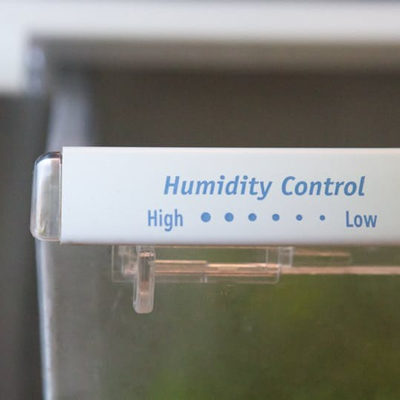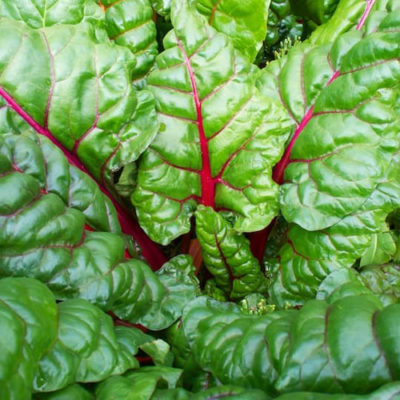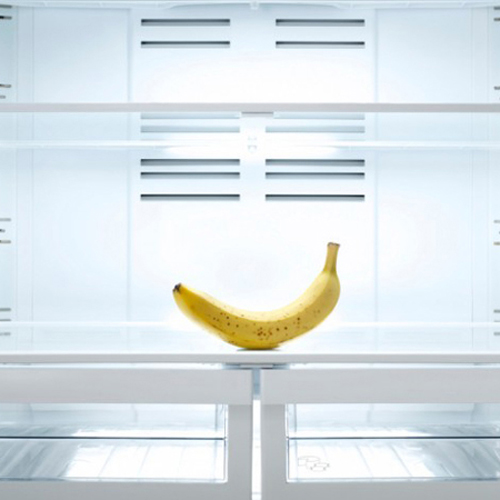Refrigerator
WHAT TO STORE IN YOUR HUMIDITY DRAWERS
WHAT TO STORE IN YOUR HUMIDITY DRAWERS

Do you actually know how to set the crisper or humidity drawers in your fridge? Or do you just bump the notches towards the middle as a safety precaution?
As to the contents of those drawers, perhaps you fill them haphazardly: all greens in one drawer, fruits in the other, everything else where there’s room. Sounds good enough, until some things seem to go bad faster than others! It’s high time you learn how to use these refrigerator drawers properly … for the sake of your fruits and veggies!

How Do the Drawers Work?
Most humidity drawers are adjustable with a few clicks between low and high. These settings simply open or close a window in the drawer. For the low humidity setting, the window is completely open; for the high humidity setting, it is completely closed.
What Should Go in Each Drawer?
The general rule of thumb is to put things that tend to rot in a drawer with a low-humidity setting. This includes fruits and veggies that emit an ethylene gas, like apples and pears, because leaving the window open on the drawer gives those gases a chance to escape. When the gases are released, it helps keep the fruits and vegetables from rotting prematurely.
Things that wilt go in the high-humidity drawer. This will be all your leafy greens, like arugula, spinach, and herbs. By having the window closed, water vapor is held in the drawer and the moisture keeps the greens crisper and fresher longer. Keeping fruits and vegetables that are sensitive to ethylene gas, like strawberries, in this drawer will also keep them away from ethylene producers.
Here’s a handy list of what common fruits and vegetables should be kept in each drawer:

High-Humidity Drawer
The high-humidity drawer should contain:
- Produce sensitive to moisture loss.
- Produce sensitive to ethylene gas.
Here are some common fruits and vegetables to keep in this drawer:
Bananas (unripe)
Belgian endive
Broccoli
Brussels sprouts
Cabbage
Carrots
Cauliflower
Cucumbers
Eggplant
Green beans
Herbs (cilantro, dill, parsley, thyme)
Leafy greens (kale, lettuces, spinach, Swiss chard, watercress)
Okra
Peas
Peppers
Strawberries
Summer squash
Watermelon

Low-Humidity Drawer
The low-humidity drawer should contain:
High-ethylene gas producers.
Apples
Avocados
Bananas (ripe)
Cantaloupes
Figs
Honeydew melons
Kiwis
Mangoes
Papayas
Pears
Plantains
Ptone fruits (apricots, nectarines, peaches, plums)
Finally, the drawers work best if they are at least two-thirds full, and we like to think of it as good motivation to have a supply of healthy foods around!
Understanding humidity settings, knowing what is sensitive to ethylene, and knowing which things produce ethylene will help you properly store your fruits and veggies and extend their shelf lives. Once you get the hang of it, you’ll appreciate how useful this information really is!
Source:http://www.thekitchn.com/

